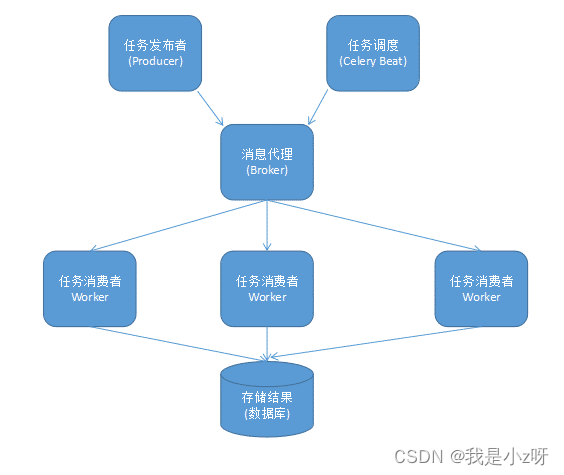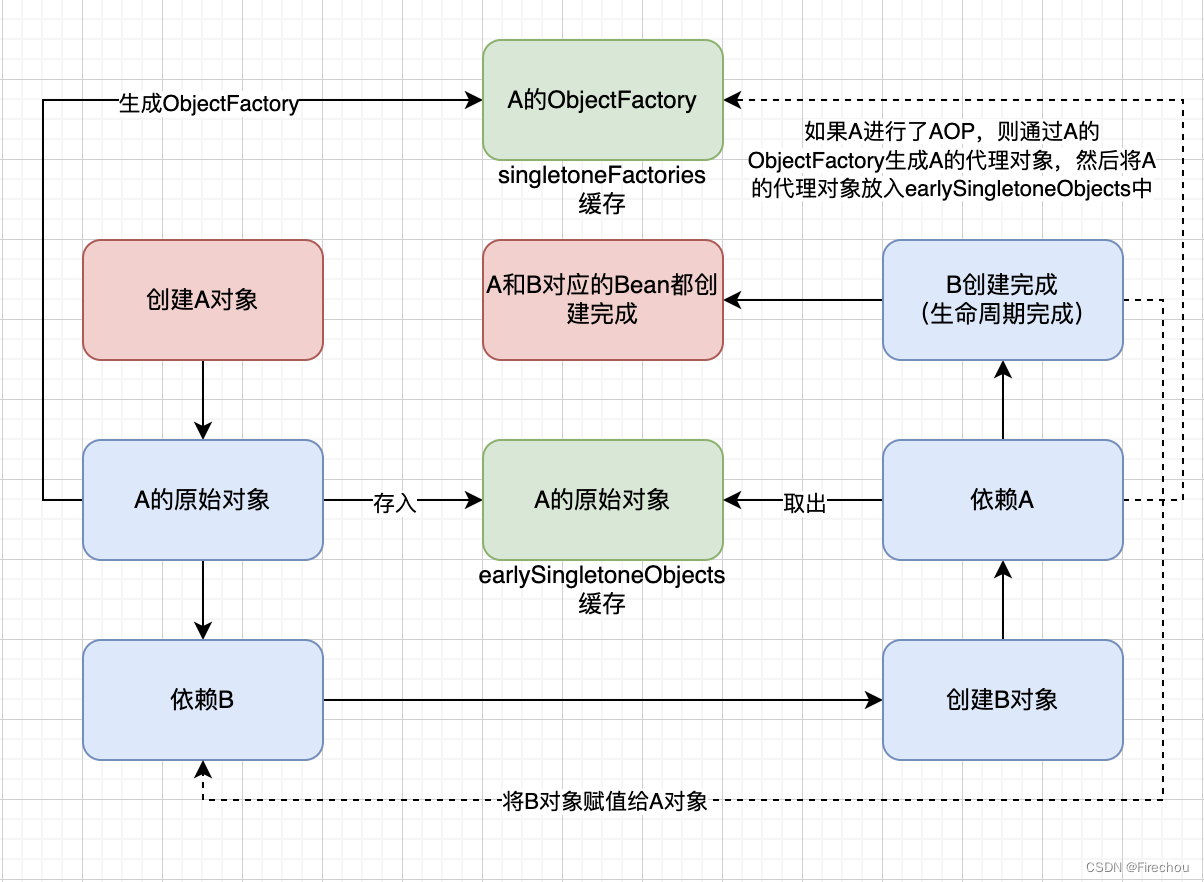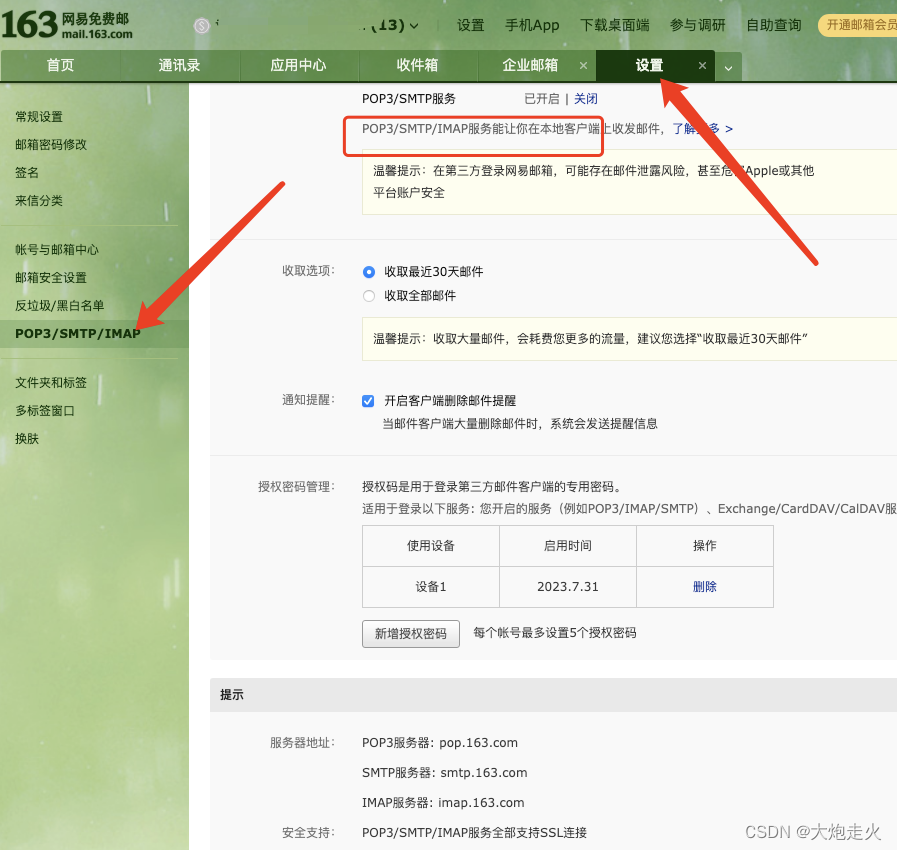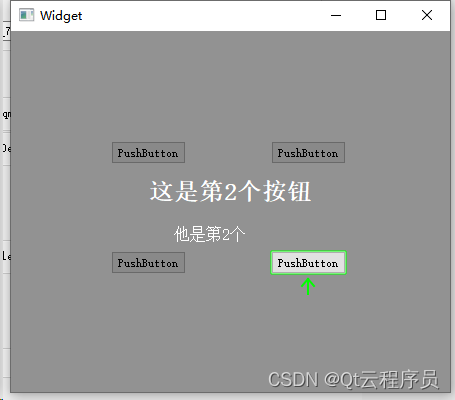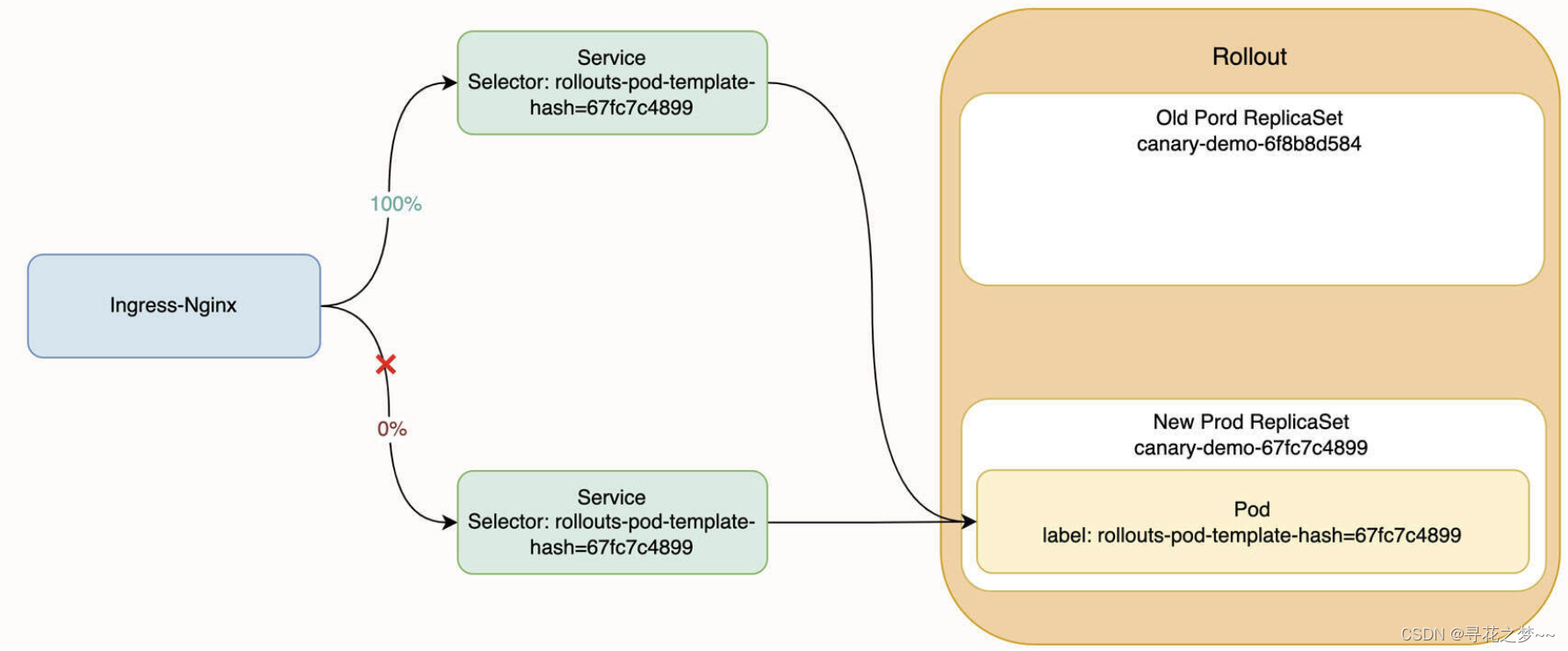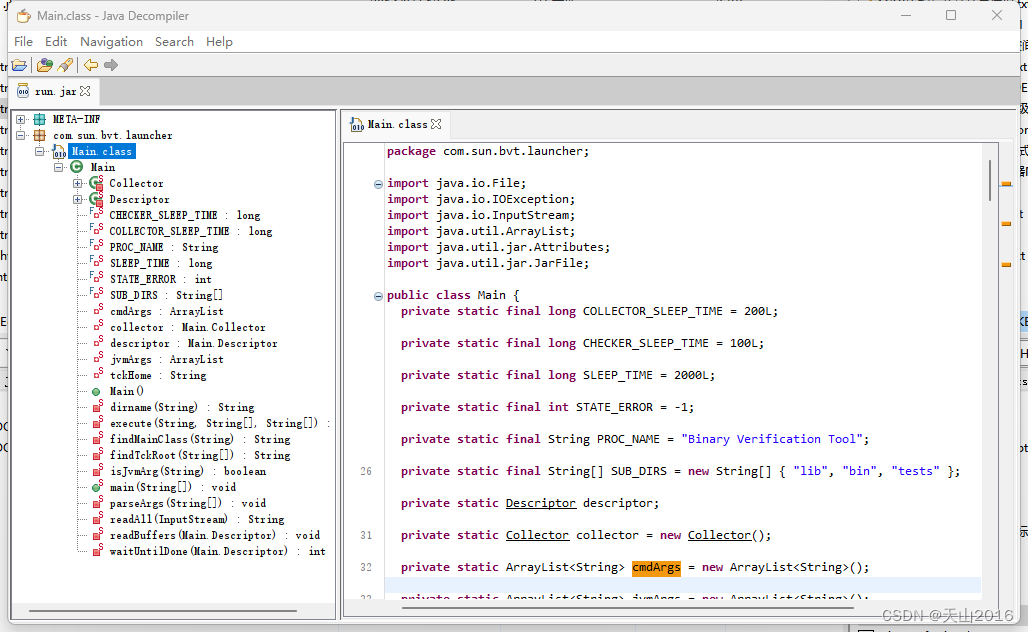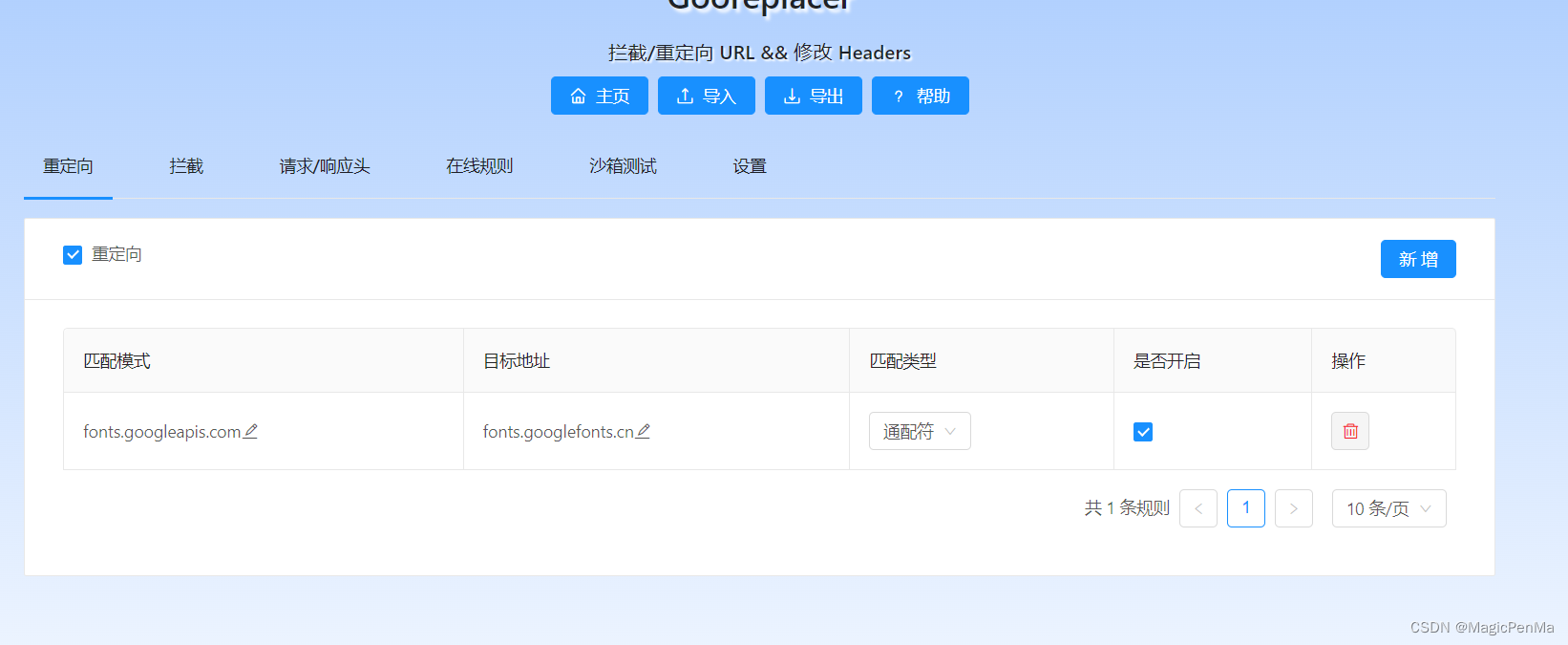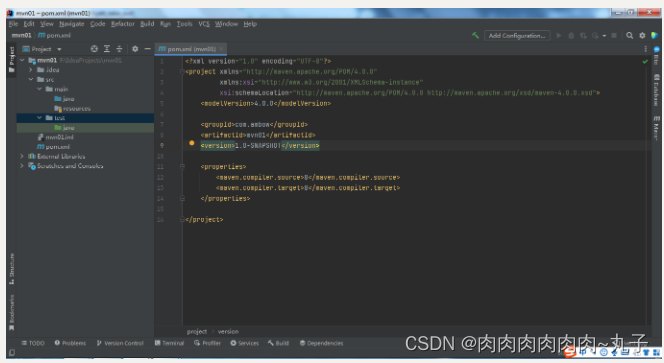一、stack概念
stack是一种按先进后出方法存放和取出数据的数据结构
java提供了一个stack类,其中有以下几种方法:


看个例子:
import java.util.*;
/**
* This program demonstrates the java.util.Stack class.
*/
public class StackDemo1 {
public static void main(String[] args) {
// Create a stack of strings and add some names
Stack<String> stack = new Stack<>();
String[] names = {"Al", "Bob", "Carol"};
System.out.println("Pushing onto the stack the names:");
System.out.println("Al Bob Carol");
for (String s : names)
stack.push(s);
// Now pop and print everything on the stack
String message = "Popping and printing all stack values:";
System.out.println(message);
while (!stack.empty())
System.out.print(stack.pop() + " ");
}
}Pushing onto the stack the names:Al Bob CarolPopping and printing all stack values:Carol Bob Al
stack类不接受primitive data type,所以如果要存int,要转化为integer。
当然,如果你把primitive data type存入stack,java会自动box。
二、用array自己实现stack
public class ArrayStack {
private int[] s; // Holds stack elements
private int top; // Stack top pointer
/**
* Constructor.
* @param capacity The capacity of the stack.
*/
public ArrayStack(int capacity) {
s = new int[capacity];
top = 0;
}
/**
* The empty method checks for an empty stack.
* @return true if stack is empty.
*/
public boolean empty() {
return top == 0;
}
/**
* The push method pushes a value onto the stack.
* @param x The value to push onto the stack.
* @exception StackOverflowException When the stack is full.
*/
public void push(int x) {
if (top == s.length)
throw new StackOverflowException();
else {
s[top] = x;
top++;
}
}
/**
* The pop method pops a value off the stack.
* @return The value popped.
* @exception EmptyStackException When the stack is empty.
*/
public int pop() {
if (empty())
throw new EmptyStackException();
else {
top--;
return s[top];
}
}
/**
* The peek method returns the value at the top of the stack.
* @return value at top of the stack.
* @exception EmptyStackException When the stack is empty.
*/
int peek() {
if (empty())
throw new EmptyStackException();
else {
return s[top-1];
}
}
}注意,我们需要自己实现两个异常类EmptyStackException 和StackOverFlowException
三、用linkedlist实现的stack
class LinkedStack {
/**
* The Node class is used to implement the linked list.
*/
private class Node {
String value;
Node next;
Node(String val, Node n) {
value = val;
next = n;
}
}
private Node top = null; // Top of the stack
/**
* The empty method checks for an empty stack.
* @return true if stack is empty, false otherwise.
*/
public boolean empty() {
return top == null;
}
/**
* The push method adds a new item to the stack.
* @param s The item to be pushed onto the stack.
*/
public void push(String s) {
top = new Node(s, top);
}
/**
* The Pop method removes the value at the top of the stack.
* @return The value at the top of the stack.
* @exception EmptyStackException When the stack is empty.
*/
public String pop() {
if (empty())
throw new EmptyStackException();
else {
String retValue = top.value;
top = top.next;
return retValue;
}
}
/**
* The peek method returns the top value on the stack.
* @return The value at the top of the stack.
* @exception EmptyStackException When the stack is empty.
*/
public String peek() {
if (empty())
throw new EmptyStackException();
else
return top.value;
}
/**
* The toString method computes a string representation of the contents of the stack.
* @return The string representation of the stack contents.
*/
public String toString() {
StringBuilder sBuilder = new StringBuilder();
Node p = top;
while (p != null) {
sBuilder.append(p.value);
p = p.next;
if (p != null)
sBuilder.append("\n");
}
return sBuilder.toString();
}
}四、queue概念
queue是一种按先进先出方法存放和取出数据的数据结构
它应该包括如下方法:
enqueue
(
x
): add a new item
x
to the rear of the queue
dequeue
( ): remove and return the item at the front of the queue
empty
( ): check if the queue is empty
peek
( ): return, but do not remove, the item at the front of the queue


